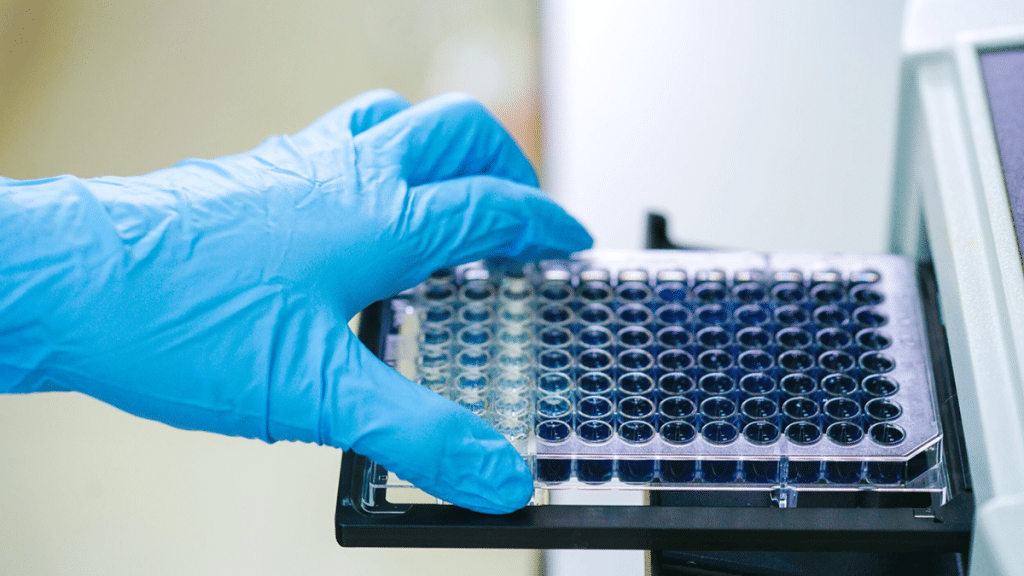Fluorescence-based technologies have transformed scientific research, enabling precise and sensitive analyses across numerous disciplines. Central to this advancement is the microplate fluorometer – a device that measures fluorescent signals emitted from samples in multi-well plates.
Accelerating Drug Discovery Through High-Throughput Screening
Microplate fluorometers enable researchers to rapidly screen hundreds or thousands of compounds per day using fluorescent assays that measure enzyme activities, receptor–ligand interactions, and molecular binding events. This capability compresses drug discovery timelines by pinpointing promising leads early in the pipeline.
Illuminating Molecular Mechanisms in Genomics and Proteomics
In genomics and proteomics, fluorescence-based assays quantify DNA, RNA, and proteins with high sensitivity and specificity. Scientists employ fluorescent dyes to study gene expression patterns and protein interactions, providing data crucial for therapeutic target identification and validation.
Enhancing Precision in Cell-Based Assays
Cell-based assays leverage fluorogenic substrates and viability dyes to assess processes such as apoptosis and metabolic activity in real time. Fluorescence readouts for caspase activity and resazurin reduction allow accurate, high-throughput evaluation of cell health and formulation effects.
Environmental Monitoring for a Healthier Planet
Fluorescent biosensors integrated with microplate fluorometers detect trace contaminants—heavy metals, organic pollutants, and endocrine disruptors—in environmental samples. This supports regulatory compliance and ecological health assessments.
Safeguarding Public Health through Food Safety Testing
Fluorescent immunoassays in food testing rapidly identify pathogens, allergens, and toxins, ensuring product safety and protecting consumers from contamination risks.
Precision Diagnostics for Better Patient Outcomes
Clinical laboratories use fluorescence-based assays to detect disease biomarkers—troponins, infectious agents, and tumor markers—delivering rapid, accurate diagnostics that inform timely treatment decisions.
Clinical and Market Implications: Turning Insights into Action
The adoption of microplate fluorometry enhances diagnostic reliability and accelerates biopharma development, reducing costs and improving return on investment. As demand for high-throughput, sensitive analyses grows, these instruments become essential for competitive research and clinical operations.
Conclusion: Embracing Fluorescence to Advance Science and Health
The microplate fluorometer’s versatility—from drug discovery to diagnostics, environmental monitoring, and food safety—underscores its pivotal role in modern research. Biopharma scientists and directors can harness these capabilities to drive innovation, shorten development cycles, and enhance patient outcomes.
To learn more about how microplate fluorometry can elevate your lab’s performance, explore additional resources and application notes.

